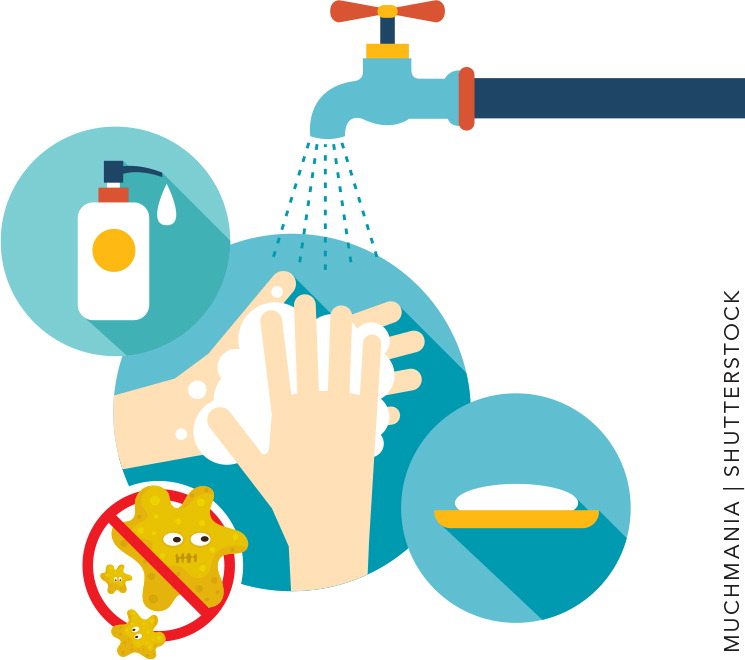
Fam Pract Manag. 2017;24(3):35
Address disruptive minor patients
Like many family physicians, I occasionally encounter extreme cases of non-compliance or other “bad behavior” that forces me to dismiss a patient. Sometimes the patient is a minor, which leads to the conundrum of whether to dismiss just the minor or the entire family.
If I want to retain the other family members as patients, I try to discuss the issue with the parents out of earshot of the minor patient (usually a teenager), preferably before the next in-person visit. I let the parents know I would like to speak to the minor alone and find out if we can resolve the issue. Sometimes, I will speak to the family members together; it depends on the patient and the situation. If I calmly point out the unacceptable behavior and what I expect to happen, this often resolves the issue. I could make it more formal and have the minor sign a “contract” specifying what changes are needed and the consequences if not achieved, but that is not usually necessary.
Asking the patient a few open-ended questions without the parents present can uncover other issues at home, or perhaps other avenues to help the patient.
If this process fails and I need to discharge the minor, I discuss the decision with the parents, letting them know that I am still willing to care for them (or why I am discharging them). For example, I might say, “Your son needs more care than I can provide, and we just aren't connecting. He would likely be better served at another practice.” Being direct with the patient and family so they understand the decision can help bring closure and discourage further bad behavior and retaliation on social media websites.
Get smarter about brainstorming
Many teams follow the same template for brainstorming: Get the members together in a room and have them toss out ideas for solving a particular problem. But this might not be the best approach. In many cases, the first few suggestions offered end up narrowing the range of ideas as team members consciously or unconsciously begin to focus on those solutions.
One alternative is having the team members initially develop their ideas in isolation and send them to the team leader. This better reflects the members' individual thinking. The team leader then can send some or all of these ideas back out to the members to consider and build on – once again, by themselves.
Once everyone has had a chance to weigh in on the ideas, the team then meets and converges on one or more ideas to investigate further.
Obviously, this is more time-consuming than typical brainstorming, so you may want to reserve it for when you really need the efforts of your entire team.
Increase hand-washing for physicians and patients

Physician hand-washing before patient visits is a crucial step to avoiding the spread of infections. This applies to patients as well. But studies show that hand hygiene is still less than optimal in many out-patient clinics. One practice tried a quality improvement project where physicians offered hand sanitizer to patients and then used the sanitizer to wash their own hands in front of patients before examining them. Patients were asked before and after the intervention whether physicians had washed their hands. They reported that physicians washed their hands 99.5 percent of the time after the intervention, compared with 96.6 percent before. Patients also reported washing their own hands 87.9 percent of the time after the intervention, compared with 79 percent before.
